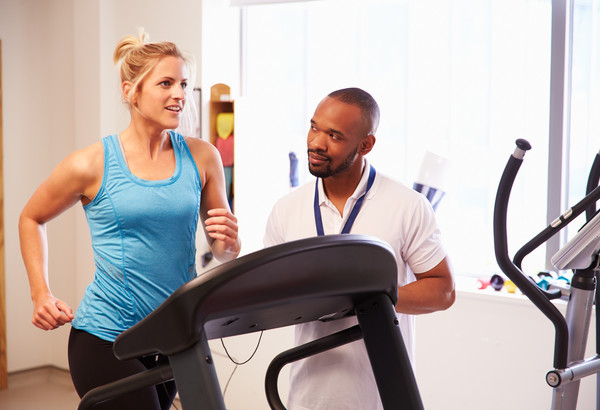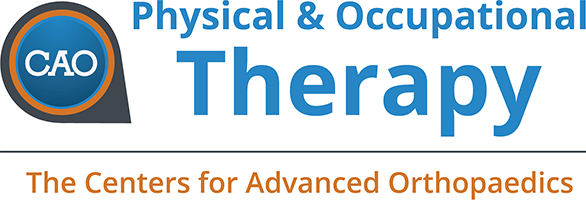Rehabilitative Exercises


Rehabilitative exercises include different types of exercises and activities utilized by your physical or occupational therapist to help you reach the goals you set for your course of therapy. These targeted exercises are at the heart of most therapy programs and will bring about the most long-term changes to your function. Usually, a typical therapy session involves a combination of many different types of exercises that fall under the following categories.
WHAT IS IT?
Therapeutic Exercise
Therapeutic Exercise is the basis of what is commonly thought of as physical or occupational therapy. These exercises are utilized for improving a specific, single parameter for the patient such as strength, flexibility, endurance, and improving joint range of motion. Your therapist will complete a comprehensive evaluation on your initial visit to determine the areas needing improvement which will then help them tailor which exercises are right for you to work towards reaching your goals. Therapeutic exercise can include the use of different equipment such as free weights, exercise machines, resistance bands, stretching bands, cardiovascular endurance machines, and a variety of other items. Be prepared throughout your course of therapy for these exercises to evolve and progress right along with you. Commonly, you will receive a Home Exercise Program (HEP) that will provide you with things to work on at home that are in tandem with your therapy goals and can include Therapeutic Exercises.
Neuromuscular Re-education
The breakdown of the term Neuromuscular Re-education is “neuro” referring to the brain/spinal cord along with your full body nervous system; “muscular” referring to the muscles in the skeletal system and “re-education” referring to working toward strengthening the connection between both the nervous system and muscular system. This communication between both systems is imperative for normal movement of the body both in specifics joints as well as in relationship to the whole body all together. Neuromuscular Re-education can be thought of as activities that apply to multiple body parts with a focus on improvement in movement, balance, coordination, joint and body position awareness, and/or posture. These activities are created to address the problem areas identified during your initial evaluation and are geared to helping you to achieve the outcomes you desire from your course of care.
Therapeutic Activities
Therapeutic Activities are exercises used to improve overall functional performance. These can also represent different aspects of human movement including bending, lifting, carrying, pushing, pulling, reaching, grasping, any movement from one position to another, and other dynamic activities you do throughout your day. These movements usually combine strength, flexibility, and joint range of motion to allow for completion of a tasks required to move within your environment. A perfect example is working on transferring from a sitting position to a standing position. This movement involves strength in muscles of the hip, knee, ankle and foot, the ability to move each of those joints to the degrees you need to complete the movement, and the overall process of coordinating and coupling each of those pieces to complete the transfer. This is where your therapist will utilize their expertise to break down these bigger movements, determine which piece is a problem, and help you to integrate all of the pieces to complete these actions to reach your goals.
How is it performed?
Rehabilitative exercises are performed in a variety of different ways, with different tools, and different parameters. They can be done with a variety of equipment like therapeutic bands, weights, balls, machines, stability pads, straps, or specific tools. Some exercises can be very complex and others very simple; these exercises are geared entirely to the specific goals created by the therapist to address the patient’s deficits/needs. There are way too many variations of exercises to list; however, rehabilitative exercises form the foundation of all therapy plans of care to successfully return a patient to their prior level of function.
What are the benefits?
Exercises are a critical part of returning someone back to normal function after impairment from injury, illness or disease. Rehabilitative exercises can:
- Strengthen Muscle Tissue
- Lessen pain
- Improve Tissue Mobility
- Improve Joint Mobility
- Improve Coordination
- Reduce Swelling
- Reduce Fall Risk
- Improve Positional Tolerance
- Improve Endurance
- Improve Gait
- Improve Function


